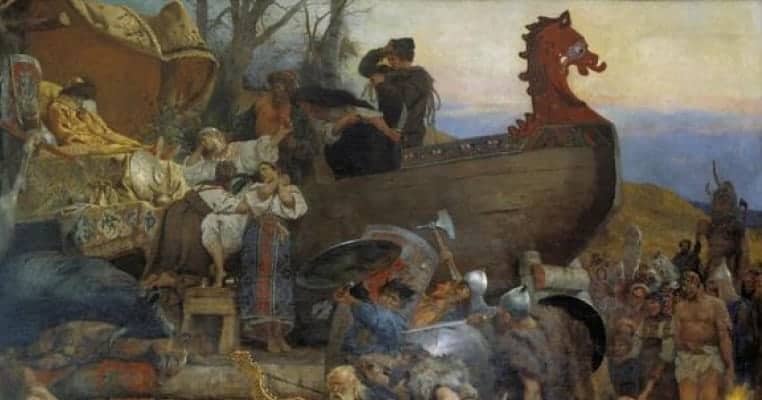The Vikings were a brutal people, renowned over a thousand years later for their skill and fearlessness in battle. Whilst many subsequent depictions have descended into unfounded conjecture, in particular the common belief in horned helms, and accounts of their deeds avoidably have become exaggerated across the centuries, it is undeniable that life during the Viking Age was, to borrow the words of Thomas Hobbes, “nasty, brutish, and short”.
Here are 16 facts about brutal Viking life you should know about:

16. The Vikings murdered so many infant girls they induced an imbalance in the gender ratios
The raids during the Viking Age, in which European women were abducted back to Scandinavia, are legendary. But recent historical inquiry has indicated that these were not mindless acts of savagery, rather a coordinated response to a self-inflicted lack of Viking women.
According to James Barrett of Cambridge University, “selective female infanticide was recorded as part of pagan Scandinavian practice in later medieval sources, such as the Icelandic sagas”, and resulted in a substantial decline in the ratio between men and women. This theory is supported by Soren Sindbaek, explaining the “social motivation behind the fact that a large number of young men chose to set out on extremely risky voyages” and “the wish of disadvantaged young men to acquire resources necessary to set up a family” is a plausible solution to this age-old question of why.

